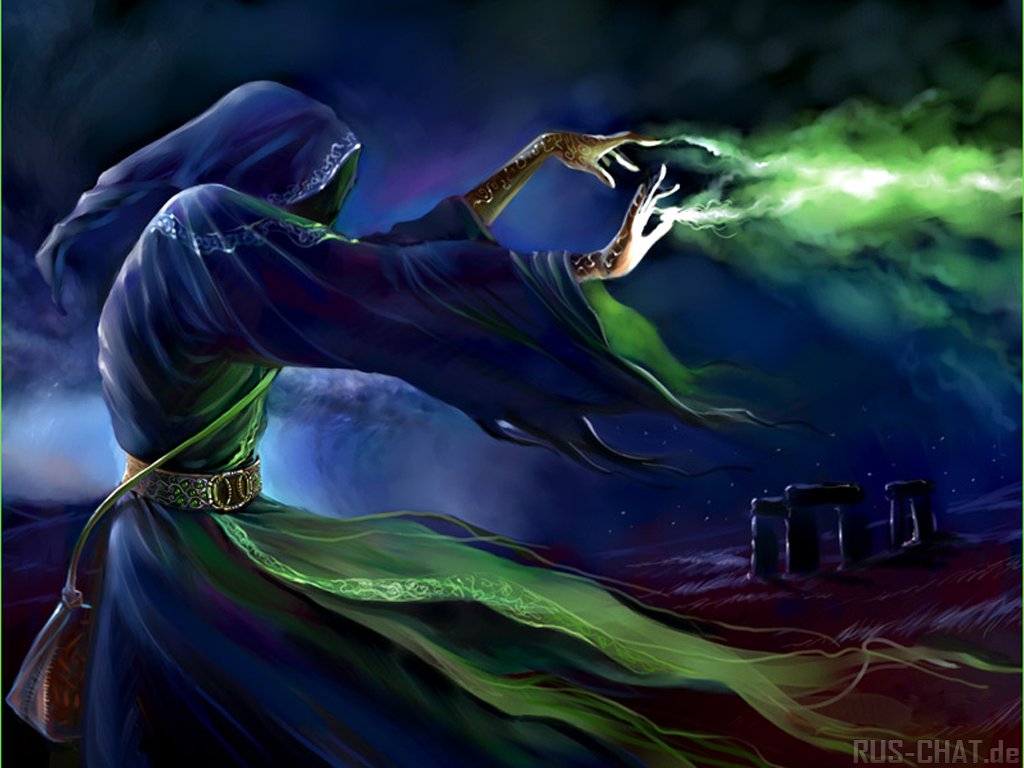 There was once a kingdom who's king was concerned about the current state of things. The kingdom was not what it used to be. There was less gold in the treasury, less wealth among the people and more famine and disease. Local fiefdoms and barons were challenging the power of the king. A few had even risen to be viewed as more powerful than the king himself.
There was once a kingdom who's king was concerned about the current state of things. The kingdom was not what it used to be. There was less gold in the treasury, less wealth among the people and more famine and disease. Local fiefdoms and barons were challenging the power of the king. A few had even risen to be viewed as more powerful than the king himself.Worried about this the king called for a meeting to review the situation and propose a solution that would restore the kingdom to the glory of times past. Many lords and knights the king could trust were invited to give him counsel. They met and talked over a long period of time. People became weary of the wait. So long it took that some even begun to question the king's right to rule. Yet after months of debating on the issues the king finally arrived with a plan that was put in motion and revealed to his people.
On a designated day the king addressed his people. He stood on the high tower of his castle with his counsel by his side and made an inspiring speech on the future of the kingdom. While some questioned it and others disliked it, it was in general well accepted. Among those who disliked it there were those to who the future was placed at risk with the new ideas and plans of the king. These rebel lords took notice of two knights among the king's counsel and made a plan to bring them down and possibly with them the king himself and his kingdom. These two knights had built a reputation among some members of the court of being boastful and sometimes lacking tact when talking. The rebel lords planned to use this to ostracize the two knights from the king's court. They fed stories, first to the court and then to the people, on how terrible these two knights were back in their land. The talked about untold stories of cruelty and abuse of power in their own barony. They took time to comment how poorly these two knights treated their subjects. That what the court and the people saw was but the tip of the iceberg of what was their true nature.
The knights infuriated by these stories began to challenge them. First in court while dining in the castle, jousting or going on hunts with other nobility. But as the story grew they took to the streets, to spread the word to the city folk who had heard about their supposed bad behavior. They were yelled at so they yelled back even louder. They were berated so they berated back even stronger. Slowly but surely the common folk begun to hear and understand the true nature of the knights and that the accusations were hearsay. Gossip placed on two knights from a far away barony.
It was a slow and demanding process that built a habit in the knights to go out everyday and clean their name. Eventually their names were cleared, but the habit stuck. The knights kept charging out in the afternoon on their horses. Going to the market or the docks or wherever the found it right to meet people and challenge them to clear their name. They had won, but they kept fighting. Their anger and fury was such that they could not stop.
This went on for weeks on end, but on a simple day like today, as the two knight spoke out in a plaza against the evil rebel lords and how their sole presence was a risk to the kingdom, an old and wise monk raised his voice to suggest they be less outspoken and more thoughtful of their words. That using such un-knightly terms and expressions to address the same issue over and over again would do them no good. .
The nights infuriated by the challenge though the monk was one of them trying to silence him and letting the voice of his enemies be heard instead. One asked "Old fool, why should I listen to you? Look at what has been done to me and how I've been insulted. I deserve to express my anger at these rebel lords as much as I please and let the people know what kind of scum they are. How dare you try to silence me. Why should I do as you say?"
The old monk simply replied, "Because you are still knights sire."
Image source
http://www.medievalages.net/2013/08/knights-templar/




